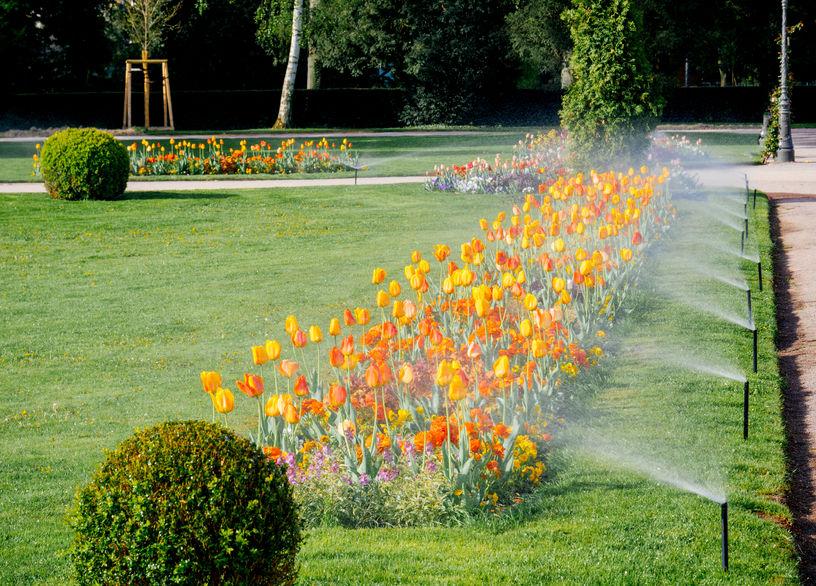Do you have spot in your yard that floods every time it rains? This indicates a fixable drainage issue. Does every storm leave a big puddle in one specific place on your lawn that takes days to dry up? This can indicate a low-lying part of your lawn, and a drainage problem that can kill your grass, shrubs and even trees.
If it’s against the foundation of your house, it can lead to leakage and flooding in the basement. Basement floods can be among the most expensive fixes and warp wood or cause rot and black mold which can be hazardous to your health. Ensure your drainage is going in the right direction to keep your home safe.
Here is a good piece of news for you. If you have drainage problems, there are solutions. Some of these can be done very inexpensively, and can even improve the look of your yard. Businesses can observe their properties to avoid these drainage issues too. Doing so can beautify the area, and even stop pests that lay eggs in standing water.
Solving poor drainage
Start with a careful look at your the lawn after a heavy rain. Look for spots where there’s standing water — if it’s in the same place time after time, this is a low-laying patch of the lawn.
When conditions dry up, check the grade or slope of your lawn. You want a constant, continuous slope away from your house toward the street or sewer.
Step one: The soil
Sometimes, poor drainage is the result of soil compaction. When the soil is dense, or pressed tightly, it cannot absorb water quickly enough. Aeration is the first option to try. Start by renting a punch aerator, which literally punches small holes into the top layer of soil. This opens up your topsoil, allowing better circulation of water and air – it’s also the cheapest option.
Another option is to add a layer of topsoil called top dressing. This will work its way down to the root level of the grass and establish better circulation of water and air.
Step 2: Trenches
If that’s not enough, you can drain low-laying areas with a trench. There are generally two types: French drains and trench drains.
The French trench is basically a perforated pipe buried a little below the surface. When your low-lying area has dried, carefully lift the sod layer and dig a trench from the wet area to a lower area, or toward a sewer or the street (which, at least in urban areas, will have storm drains). Make sure that the trench has a constant downward slope away from your home.
Into the trench, you can place a perforated pipe (available at hardware and home improvement stores), or you can line the trench with gravel and cover it with roofing felt or geotextiles. The excess water will drain into the pipe and away from your lawn.
You can also drain toward a sump or dry well — basically a hole, lined with stones or gravel, that is below your home’s foundations.
A trench drain is basically the same as a French drain, but above ground. Dig a narrow trench and line it with gravel or river stones, to drain your lawn toward the street, sewers or lower areas. You can make it a part of your landscape design, making a curving creek away from trees, shrubs, foundations and other features to preserve their integrity.
Get professional help
When you’re ready for a truly smart option, consider solutions from SmartRain. With mobile device-connected irrigation systems, we help you keep an eye on your lawn 24/7. Get in touch with us today.



